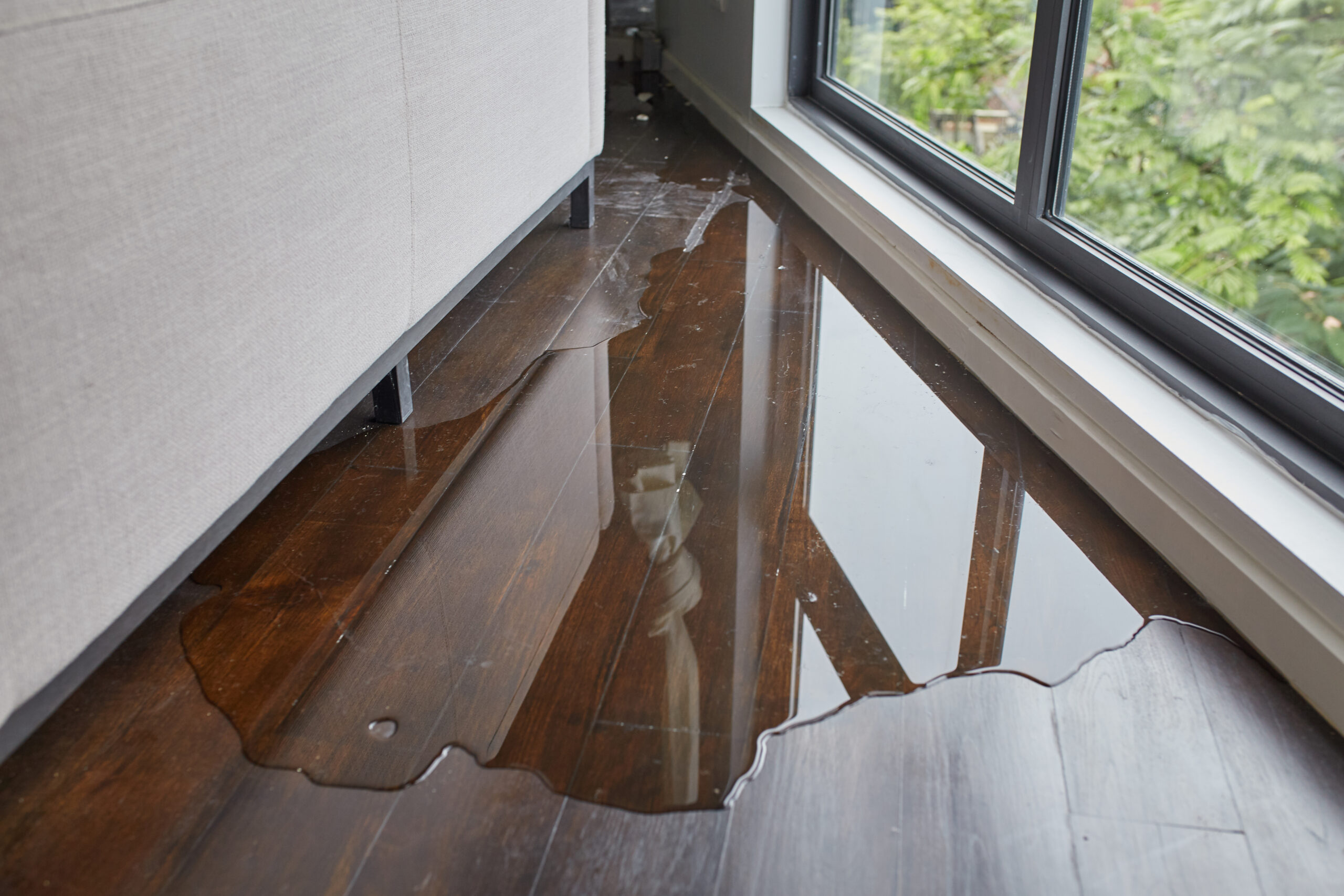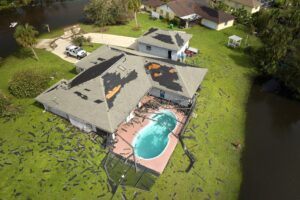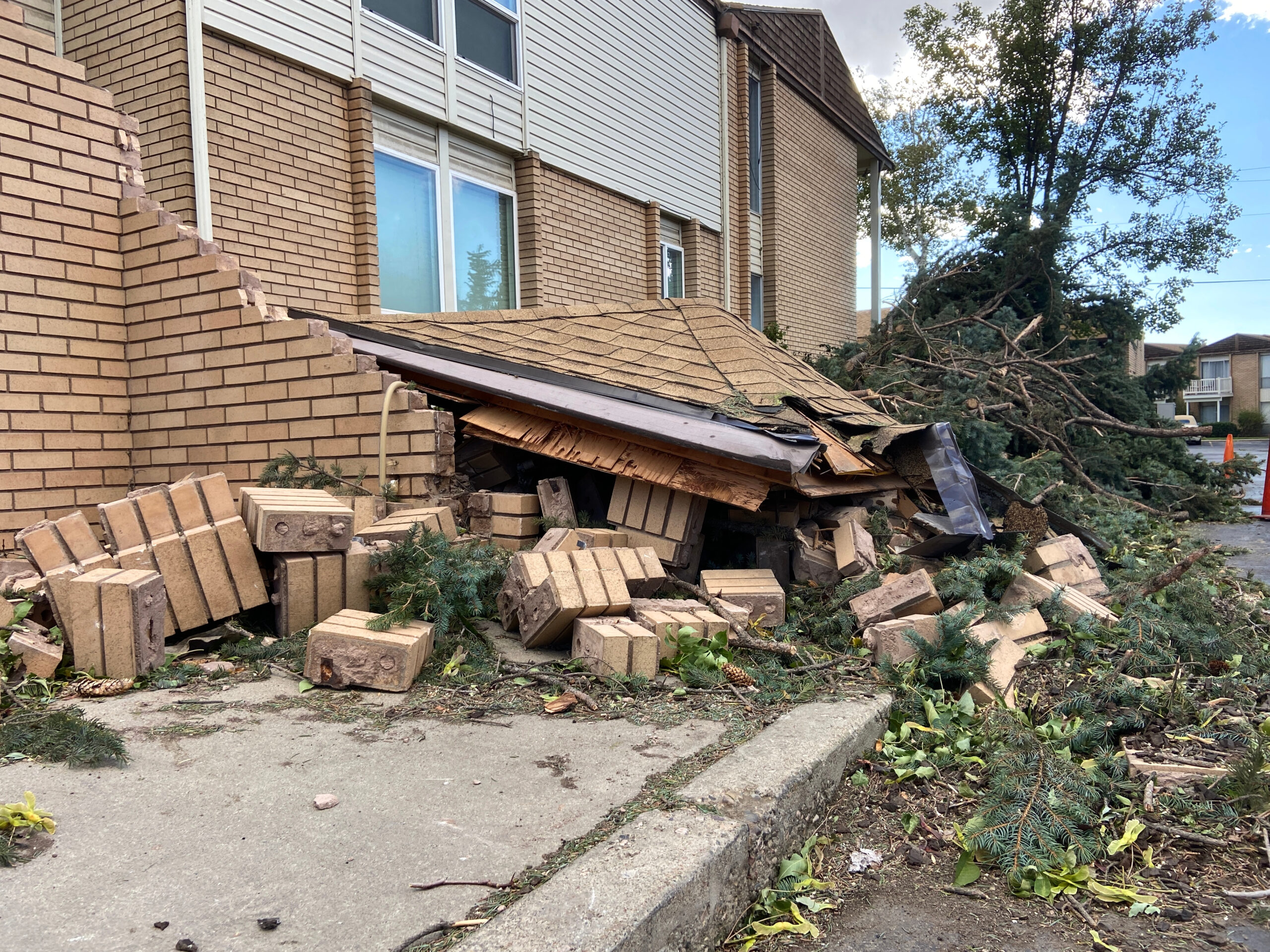
Effective Strategies for Water Damage Remediation
Water damage can be a homeowner’s worst nightmare. Whether it’s from a burst pipe, a leaky roof, or a natural disaster, water damage can cause significant and costly damage to your home. In addition to the physical damage, it can also lead to mold growth and other health hazards. That’s why it’s crucial to have effective strategies in place for water damage remediation. In this article, we’ll discuss the best practices for water damage remediation and how to prevent further damage to your home.
Understanding Water Damage
Before we dive into the strategies for water damage remediation, it’s essential to understand the different types of water damage. There are three categories of water damage, each with its level of contamination.
Category 1: Clean Water
Category 1 water damage is the least severe and is caused by clean water from sources such as broken pipes, overflowing sinks, or rainwater. This type of water damage poses no immediate health risks and can be remediated with minimal precautions.
Category 2: Grey Water
Category 2 water damage is caused by water that contains some level of contamination. This can come from sources such as washing machines, dishwashers, or toilet overflows. Grey water can cause illness if ingested and requires more extensive precautions during remediation.
Category 3: Black Water
Category 3 water damage is the most severe and is caused by highly contaminated water, such as sewage backups or floodwaters. This type of water damage poses significant health risks and requires professional remediation.
Strategies for Water Damage Remediation
Now that we understand the different types of water damage let’s discuss the most effective strategies for remediation.
Act Fast
The most crucial strategy for water damage remediation is to act fast. The longer water sits in your home, the more damage it can cause. Within 24-48 hours, mold can begin to grow, and structural damage can occur. As soon as you notice water damage, it’s essential to start the remediation process.
Turn Off the Water Source
If the water damage is caused by a burst pipe or a leaky appliance, the first step is to turn off the water source. This will prevent further water from entering your home and causing more damage.
Remove Standing Water
The next step is to remove any standing water from your home. This can be done with a wet/dry vacuum or a pump. If the water is more than a few inches deep, it’s best to call a professional water extraction company.
Dry Out the Affected Area
After removing the standing water, it’s crucial to dry out the affected area thoroughly. This can be done with fans, dehumidifiers, and open windows. It’s essential to dry out the area as quickly as possible to prevent mold growth.
Disinfect and Clean
Once the area is dry, it’s essential to disinfect and clean all surfaces that came into contact with the water. This will help prevent mold growth and remove any potential contaminants.
Monitor for Mold Growth
Even after the remediation process, it’s crucial to monitor the affected area for mold growth. If you notice any signs of mold, such as a musty smell or visible growth, it’s essential to call a professional mold remediation company.
Preventing Further Damage
In addition to the strategies for water damage remediation, it’s crucial to take steps to prevent further damage to your home.
Regular Maintenance
Regular maintenance of your home’s plumbing, roof, and foundation can help prevent water damage. Inspect these areas regularly for any signs of leaks or damage and address them promptly.
Install a Sump Pump
If your home is prone to flooding, installing a sump pump can help prevent water damage. A sump pump will automatically remove any water that enters your basement or crawl space, preventing it from causing damage.
Keep Gutters Clean
Clogged gutters can cause water to back up and enter your home. It’s essential to keep your gutters clean and free of debris to prevent water damage.
Know Your Home’s Water Shut-Off Valve
In the event of a water emergency, it’s crucial to know where your home’s water shut-off valve is located. This will allow you to turn off the water quickly and prevent further damage.
Professional Water Damage Remediation
While it’s possible to remediate water damage on your own, it’s often best to leave it to the professionals. A professional water damage remediation company has the equipment and expertise to handle any type of water damage effectively. They can also help prevent further damage to your home and ensure that it’s safe for you and your family.
Conclusion
Water damage can be a homeowner’s worst nightmare, but with the right strategies in place, it can be effectively remediated. Acting fast, removing standing water, and drying out the affected area are crucial steps in the remediation process. It’s also essential to take steps to prevent further damage to your home, such as regular maintenance and installing a sump pump. In the event of severe water damage, it’s best to leave it to the professionals to ensure that your home is safe and free of any potential hazards. By following these strategies, you can effectively remediate water damage and protect your home from future incidents.




